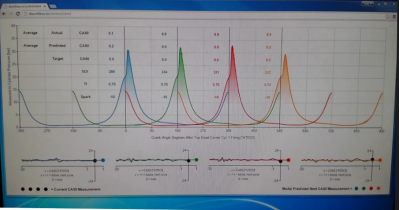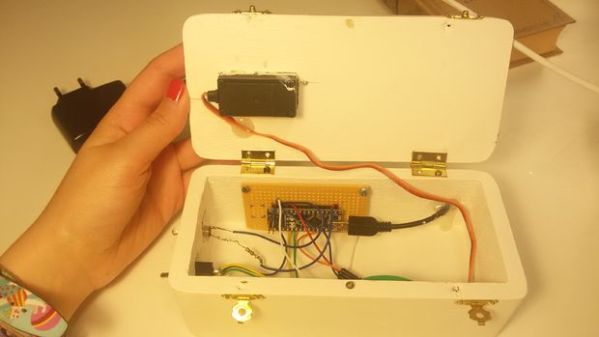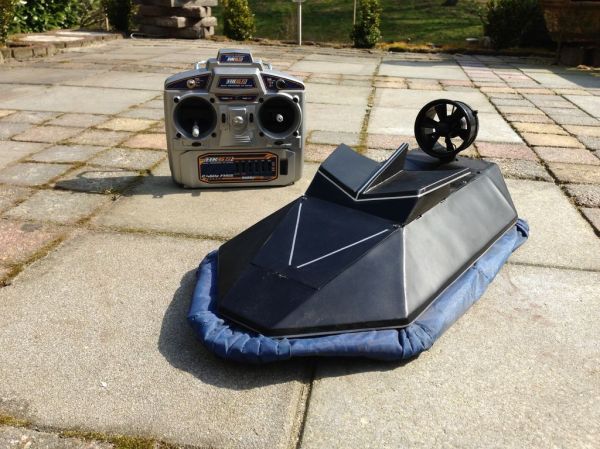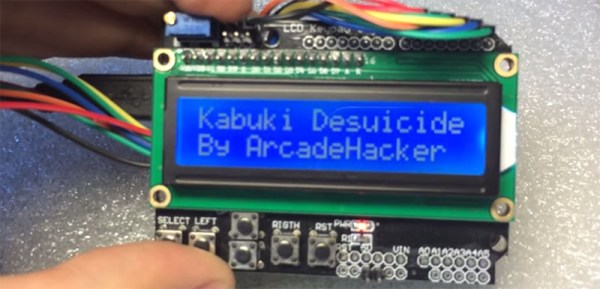As a musician, it’s rare to consistently recognize with the naked ear whether or not a single instrument is in tune. There are a number of electronic devices on the market to aid in this, however if you’re leading into an impromptu performance to impress your friends, using one feels about as suave as putting on your dental headgear before bed. When tuning is necessary, why not do so in a fashion that won’t cramp your style?
To help his music-major friends add an element of Bond-like flare to the chore, [dbtayl] designed a chromatic tuner that’s disguised as a pocket watch, pet-named the “pokey”. The form for the custom casing was designed in OpenSCAD and cut from aluminum stock on a home-built CNC mill. Under its bass-clef bedecked cover is the PCB which was laid out in KiCad to fit the watch’s circular cavity, then milled from a piece of copped-clad board. The board contains the NXP Cortex M3 which acts as the tuner’s brain and runs an FFT (Fast Fourier Transform) that uses a microphone to match the dominant pitch it hears to the closest note. Five blue surface-mount LEDs on the side indicate how sharp or flat the note is, with the center being true.
[dbtayl’s] juxtaposition of circuitry in something that is so heavily associated with mechanical function is a clever play on our familiarity. You can see a test video of the trinket in action below:



 [Adam]’s algorithm calculates engine control parameters in real-time on the Pi based on the pressure readings and crankshaft position. The control values are sent over CAN to the low-level engine controller. The Pi monitors changes in the engine’s performance with the new values, and makes changes to its control values to optimize the combustion cycle as the engine runs. The Pi also serves up a webpage with graphs of the crankshaft position and cylinder pressure that update in real-time to give some user feedback.
[Adam]’s algorithm calculates engine control parameters in real-time on the Pi based on the pressure readings and crankshaft position. The control values are sent over CAN to the low-level engine controller. The Pi monitors changes in the engine’s performance with the new values, and makes changes to its control values to optimize the combustion cycle as the engine runs. The Pi also serves up a webpage with graphs of the crankshaft position and cylinder pressure that update in real-time to give some user feedback.













